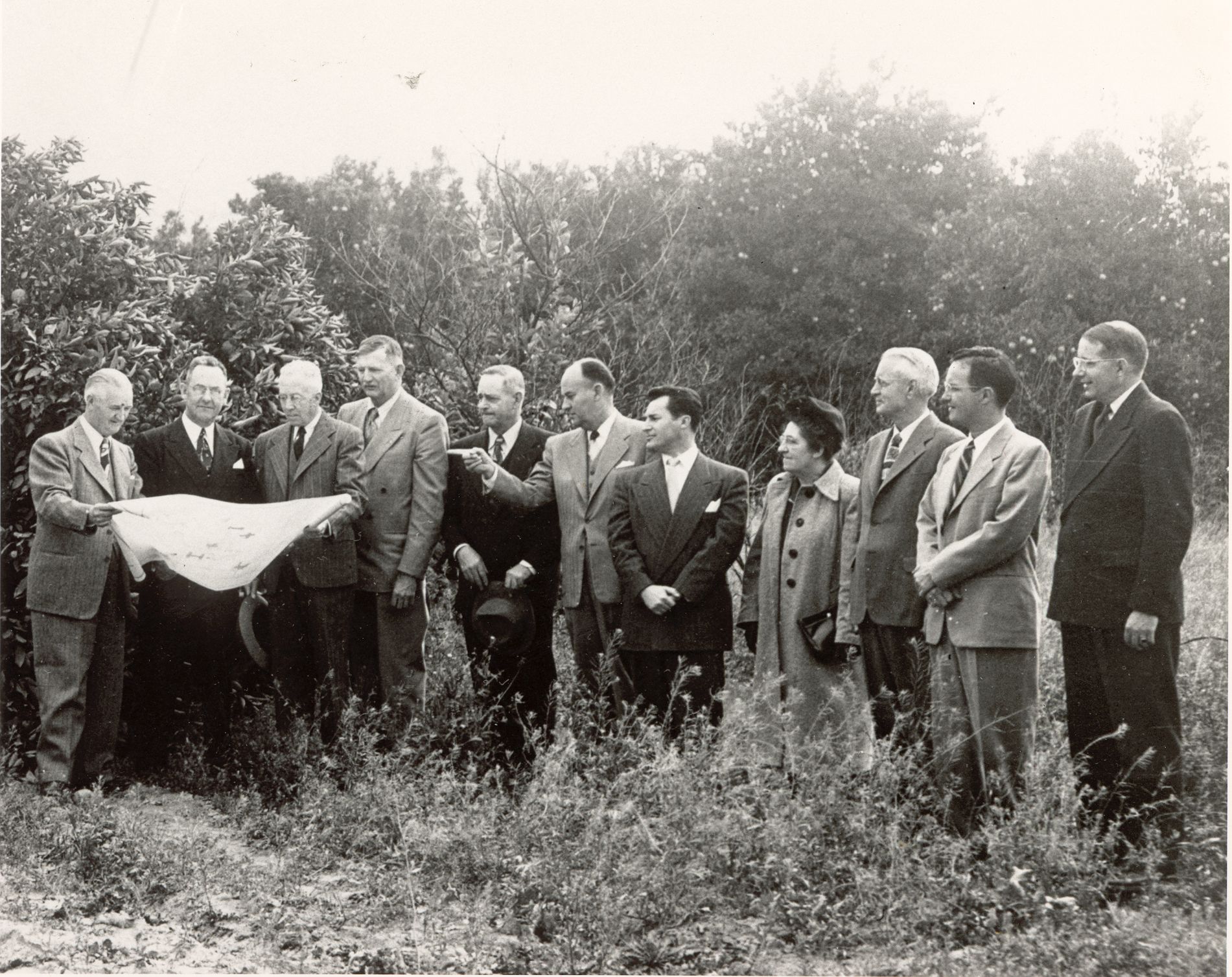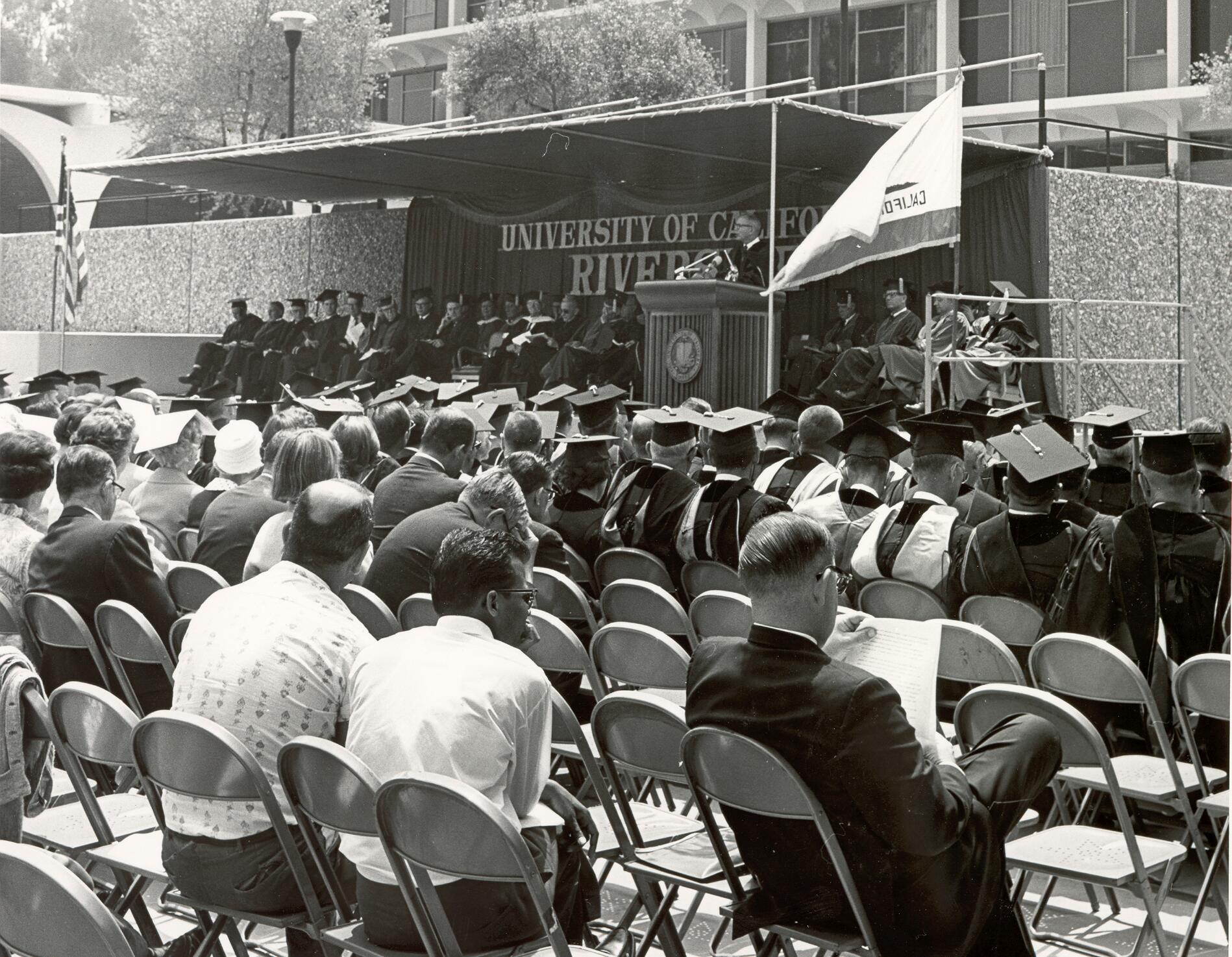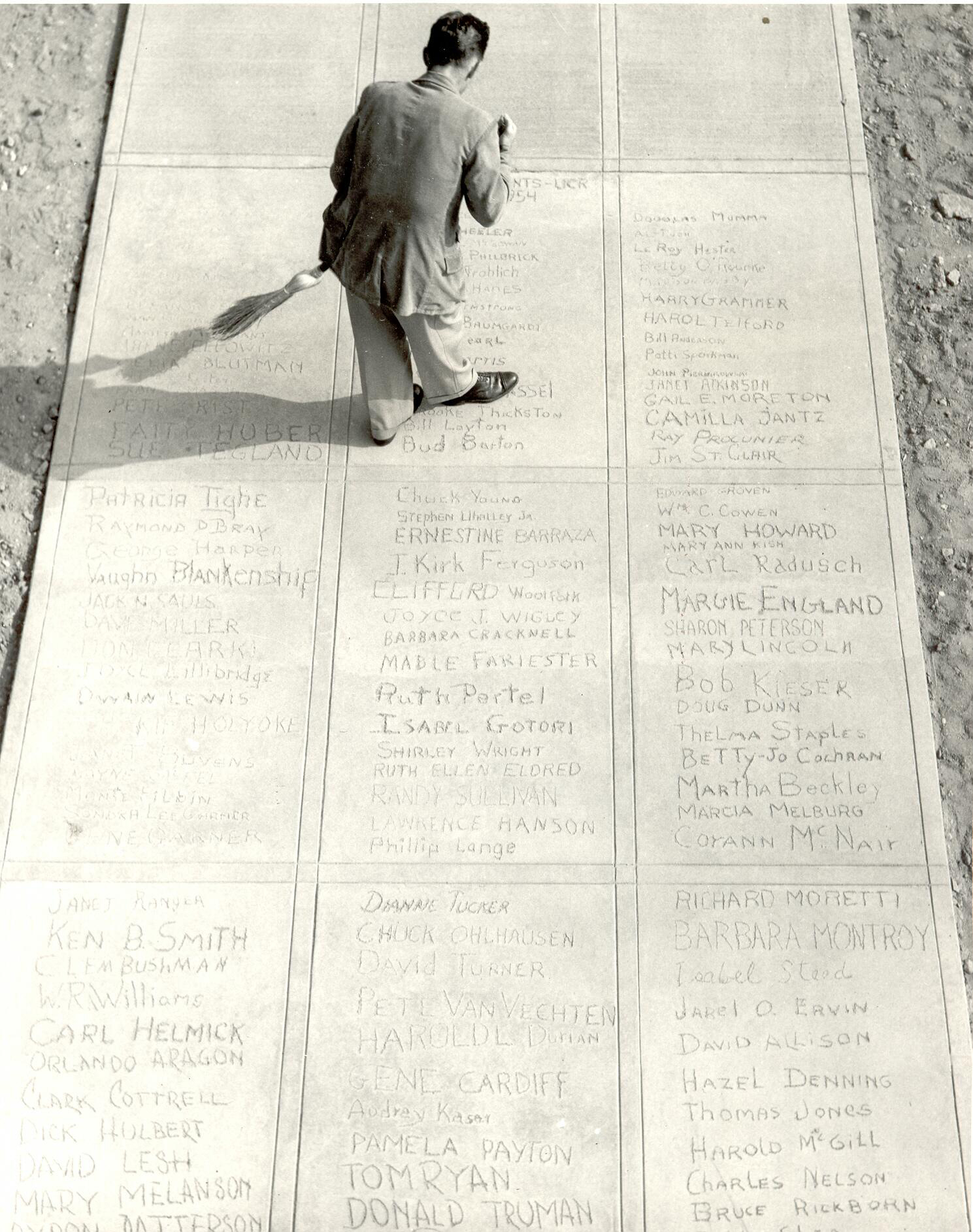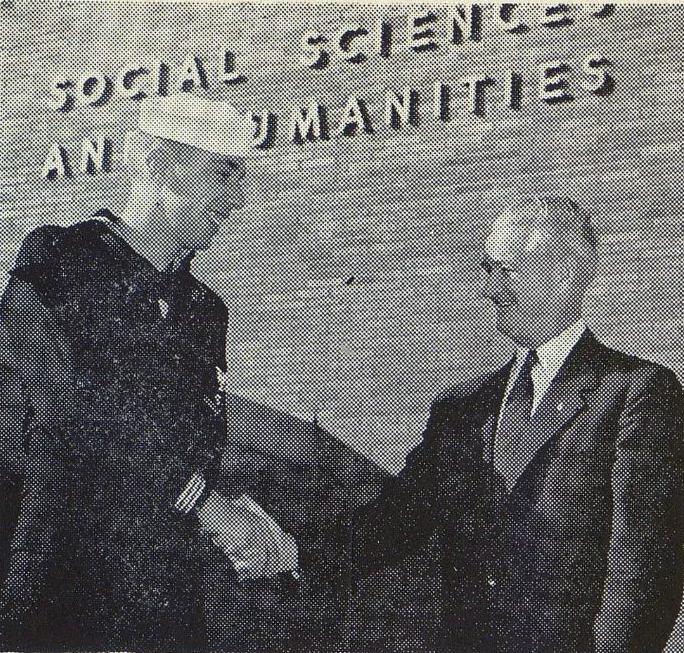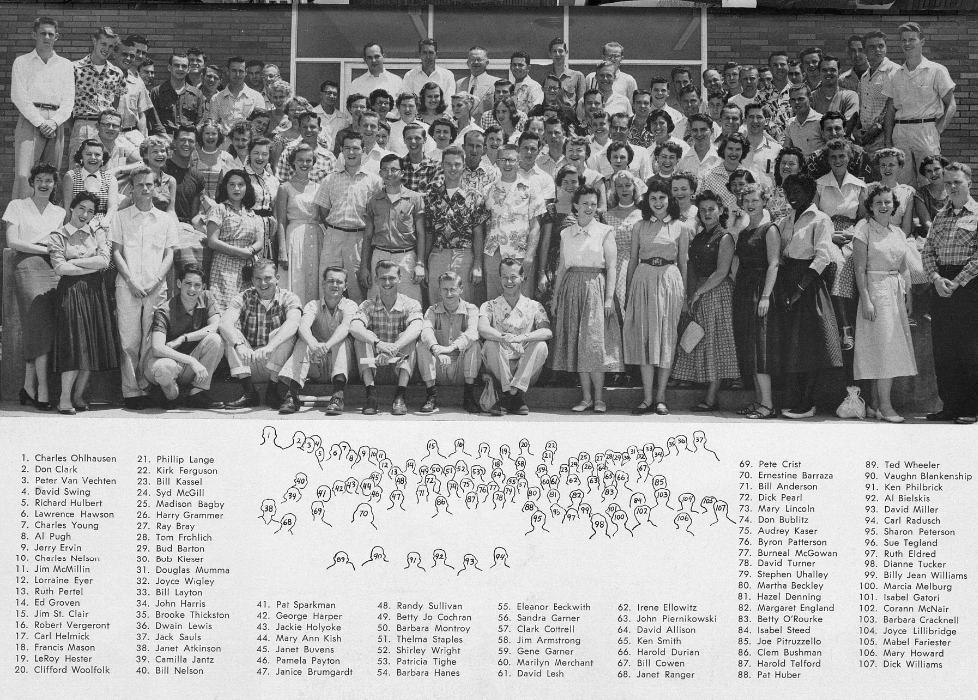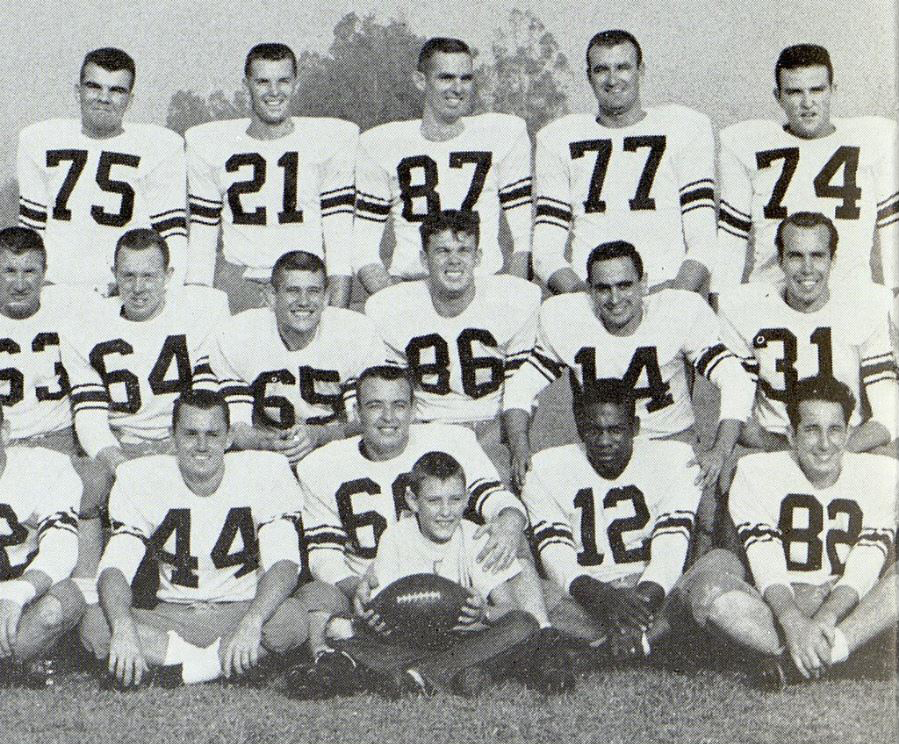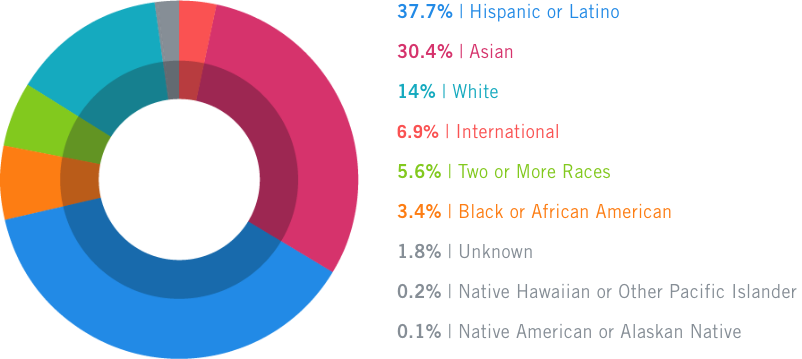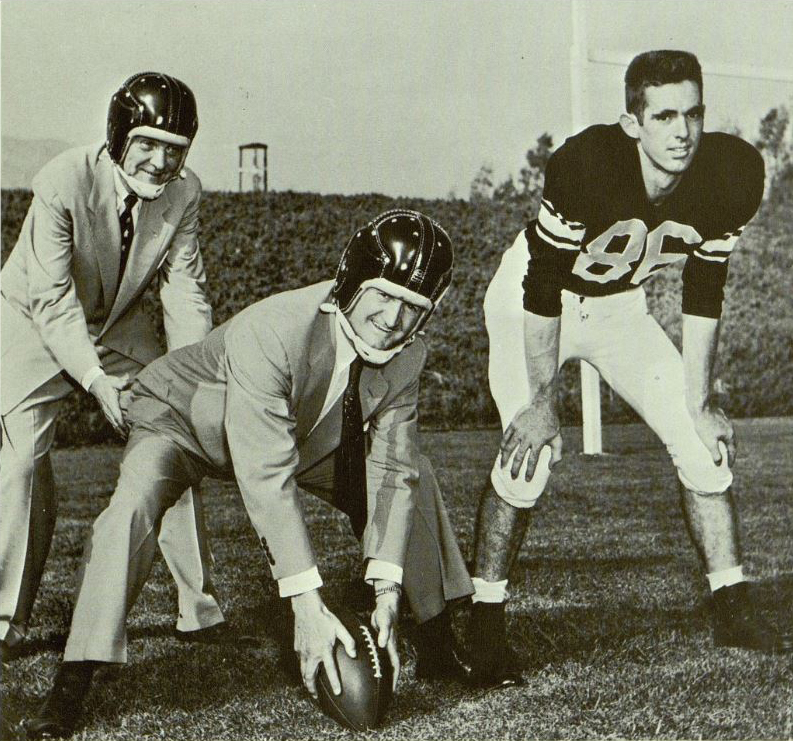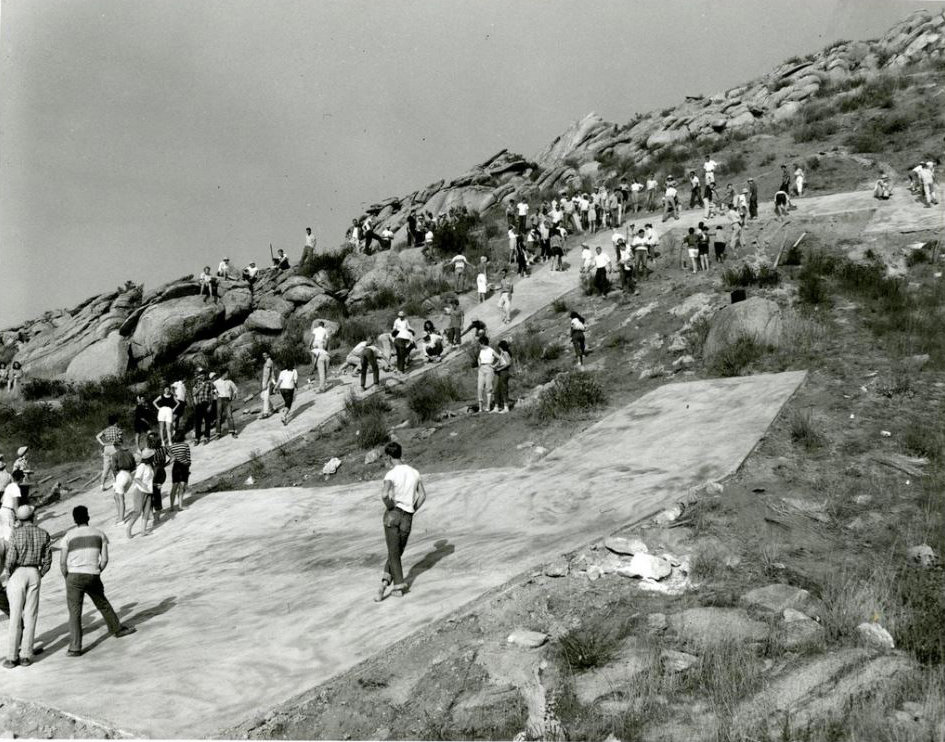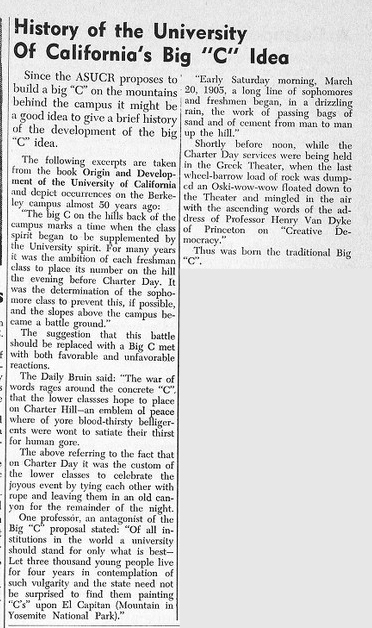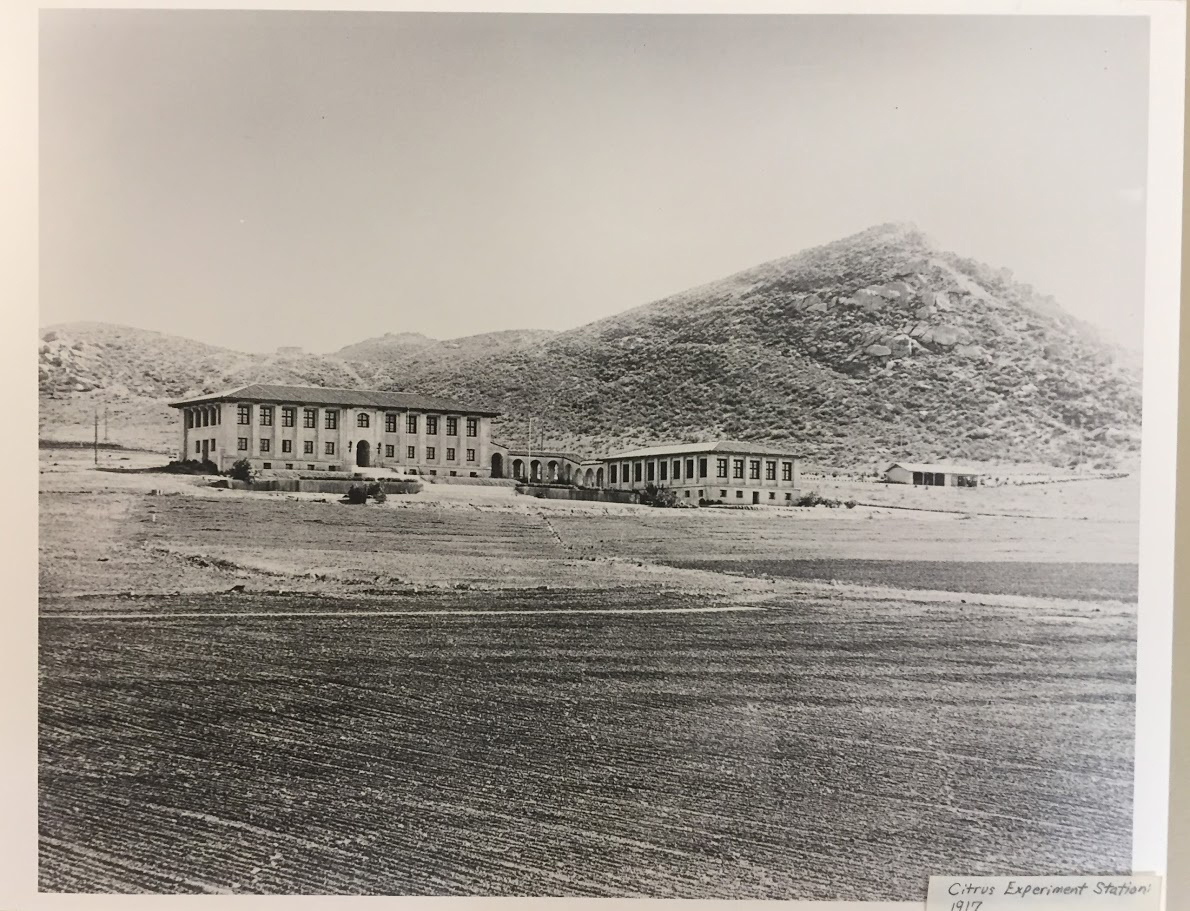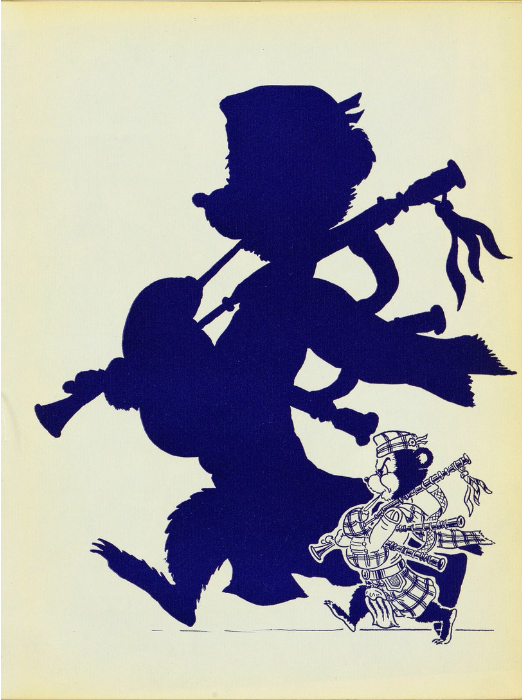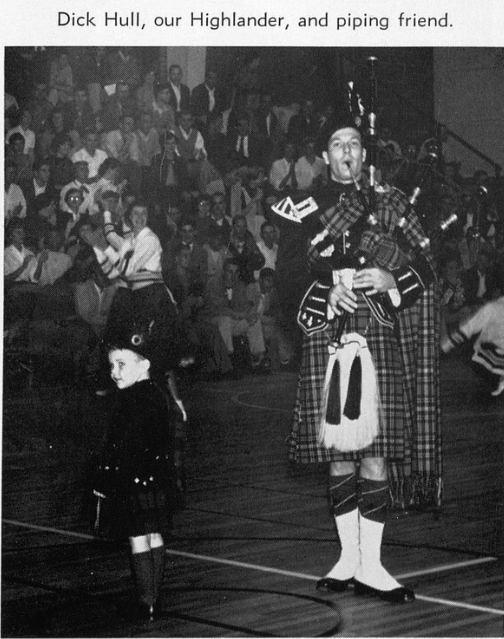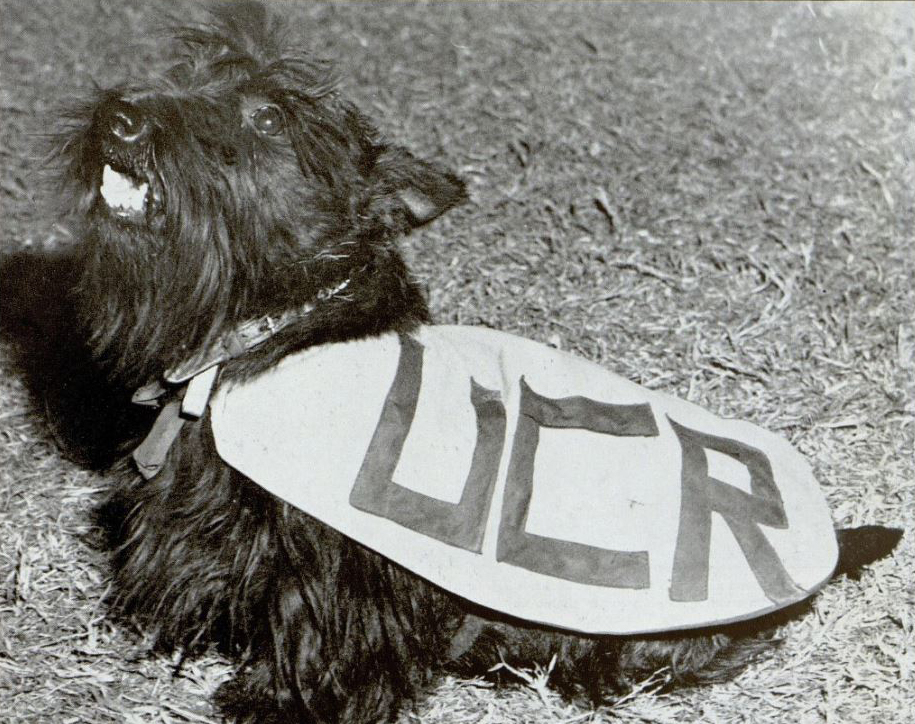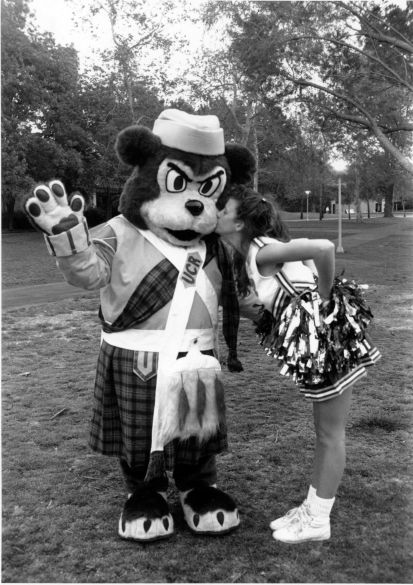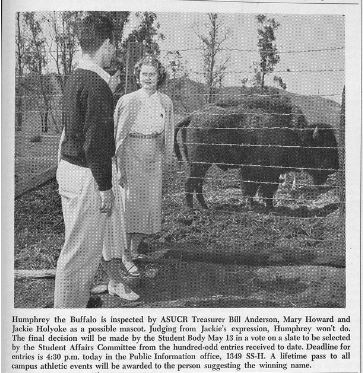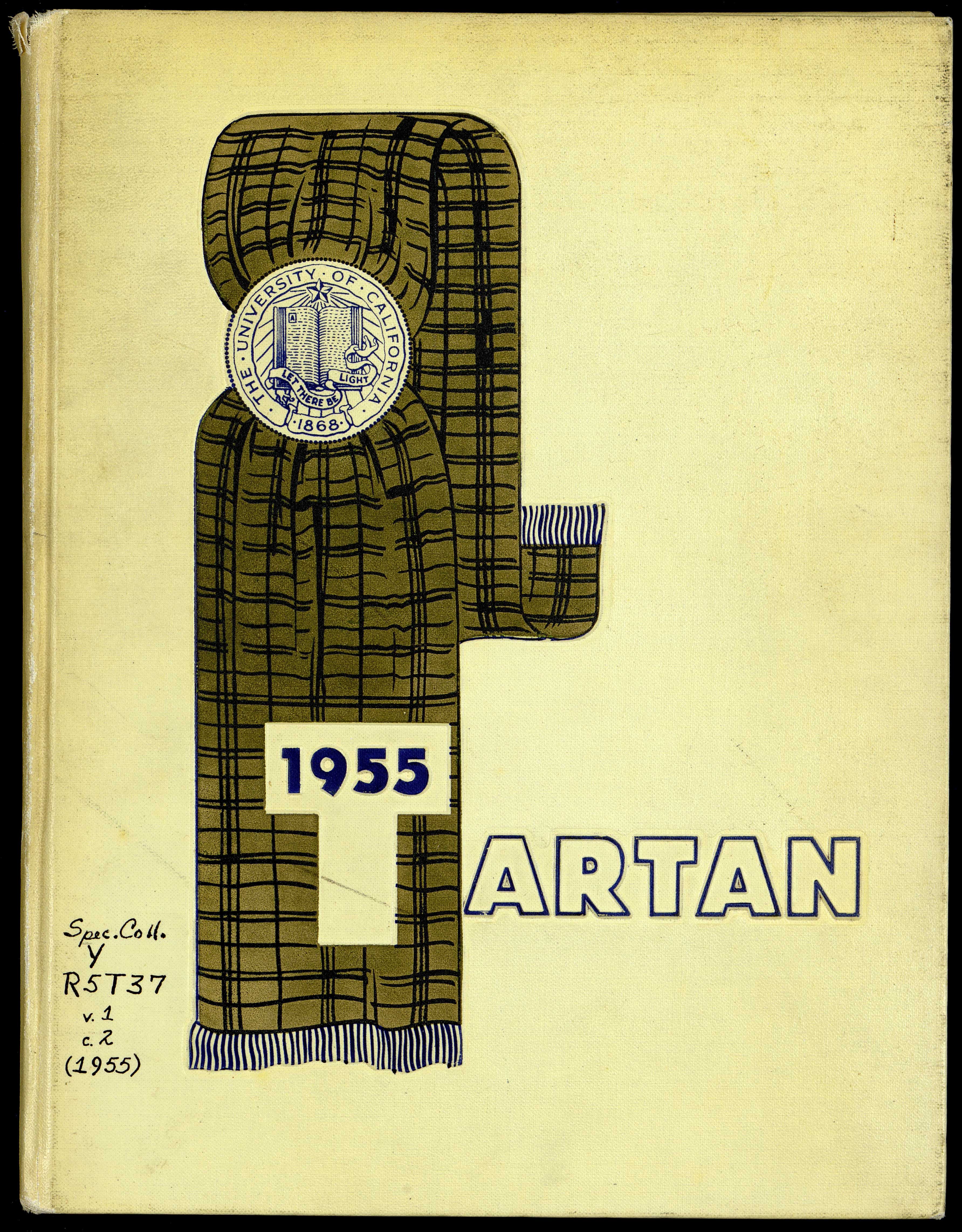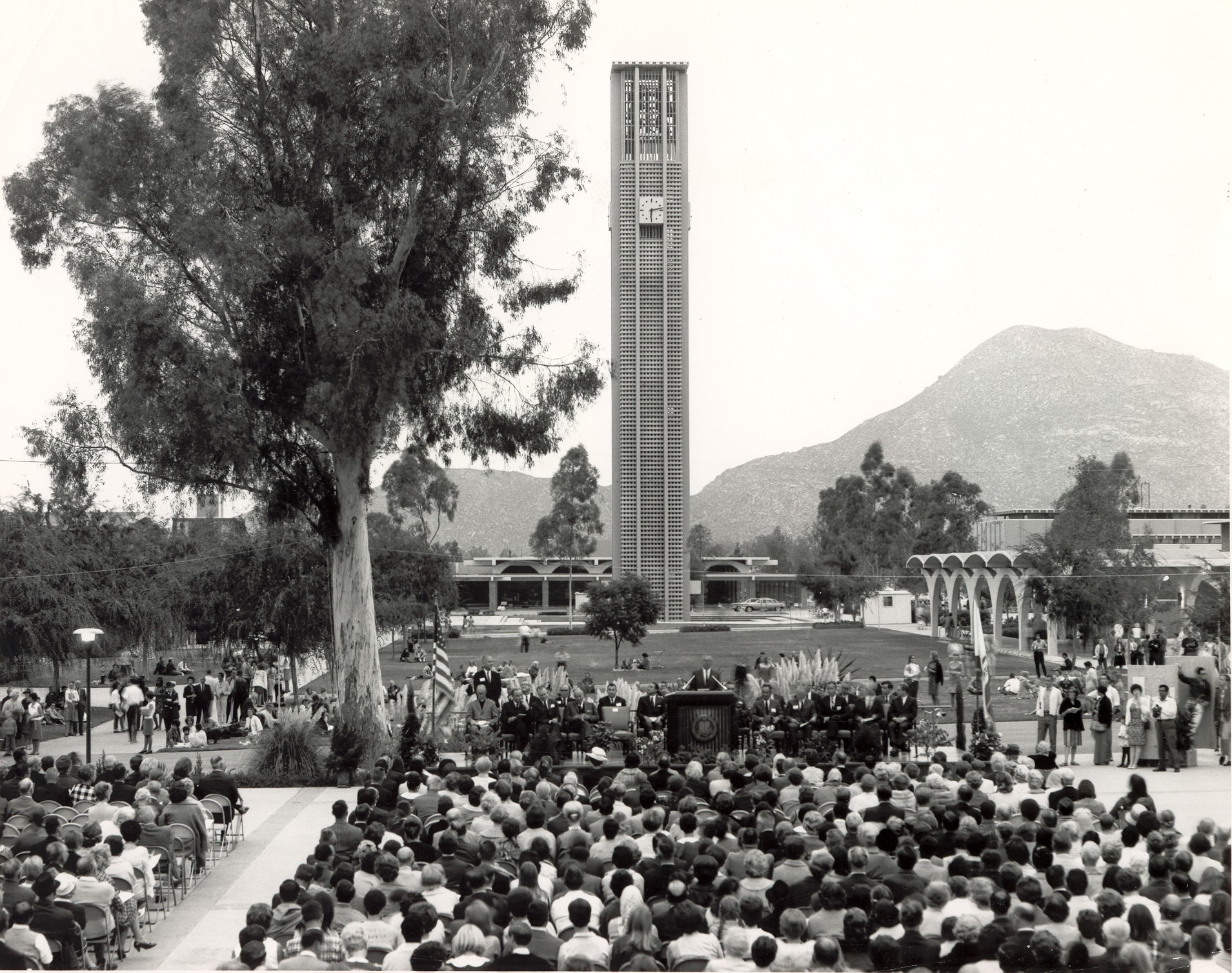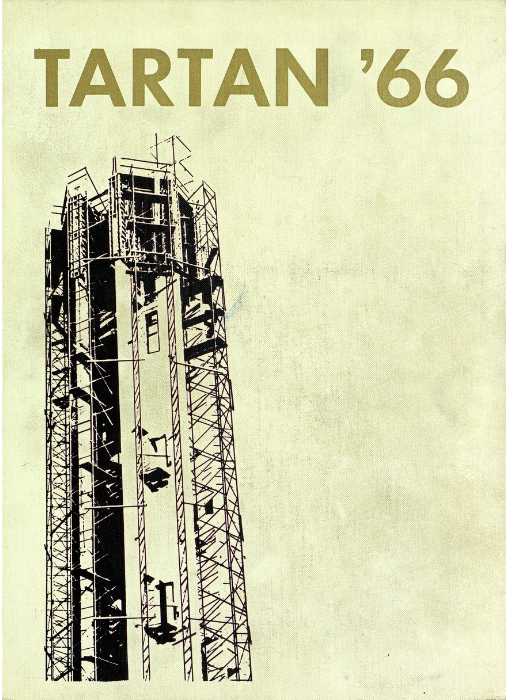There will be a minor service disruption of OpenAthens on Friday, August 15, from 7am - 7:15am. A restart of OpenAthens is needed to renew the annual security certificate. The restart will impact those attempting to sign in to Alma/Primo or other online resources that use OpenAthens. However, it will not affect those who are already in the process of using electronic resources. If you have any questions, please contact Ramon Barcia (email: ramon.barcia@ucr.edu ).
Search
Search
Rare Books and Other Special Collections
Located in: Special Collections & University Archives
Special Collections demonstrates the full range of the history of the book and book production, from ancient times until today. The holdings represent a wide range of languages; come from various geographic areas; and primarily cover history, religion, geography, art, and literature. Researchers can see examples of paper, vellum, parchment, handwriting, inks, typography, bindings, printing methods, illustration processes, and more.
Teaching with R'Stuff
This year, the UCR Library and the Exploration Center for Innovative Teaching and Engagement (XCITE) is offering the first-ever Teaching with R’Stuff (TRS) course transformation fellowship. TRS will provide funding, space, and staff support for transforming two existing UCR undergraduate courses into hands-on, laboratory-style courses, where students work deeply throughout the quarter with a UCR Library collection to create new knowledge.
New archival collections available for spring quarter 2017
Special Collections & University Archives staff are constantly working to process recently acquired collections and make those materials ready for use by students, faculty, and researchers.
Each quarter, we will provide a list of UCR Library's newly processed archival and primary source collections. Check out the list below to see if there are any items that fit your research area, or share with a friend!
Below you'll find brief descriptions and links to the finding aids or collection guides for each new collection. To use any of these materials, simply click the "Request Items" button at the top to submit a request, and log in with our Special Collections Request System. For more on conducting research in Special Collections, see this page.
SCUA is open to the public on weekdays from 11:00 am – 4:00 pm. Check here for closures or other changes to our regular hours.
For questions, email specialcollections@ucr.edu.
Newly Processed Collections – Spring 2017
0.42 linear ft. (1 box)
The Victoriano Huerta papers is a collection of three documents, which mainly relate to Victoriano Huerta's military history before he became the President of Mexico in 1913. The collection includes a ledger documenting donations to Huerta's forces during the Mexican Revolution in 1912, an account of his command of the 3rd Infantry Battalion from 1894-1901, and a brief overview of his military history and accomplishments until 1914.
0.42 linear ft. (1 box)
This collection consists mainly of photographs, and negatives taken by R. W. Madison, a Los Angeles Record reporter, documenting the efforts of law enforcement and a local posse to capture Willie Boy, a Paiute Indian wanted for murder and kidnapping in San Bernardino County in 1909. The collection also includes Madison's account of finding Willie Boy's body, and a Newspaper Enterprise Association booklet.
1.00 linear ft. (1 box)
The Tuskegee Airmen Biographical Information collection contains biographical material related to individuals who served at Tuskegee Army Air Field and its predecessors, as well as material pertaining to Tuskegee Airmen, Inc., a non-profit organization. This collection contains biographical information, mainly in the form of completed biographical questionnaires distributed by the University of California, Riverside Library to Tuskegee Airmen regarding their personal and military history.
1.25 linear ft. (3 boxes)
This collection includes galley proofs, typescripts, and materials related to some works of science fiction author G.C. Edmondson, including Chapayeca, T.H.E.M., and The Ship That Sailed the Time Stream. The collection also includes typescripts and galley proofs for two western novels written under Edmondson's pen names Kelly P. Gast and J.B. Masterson.
0.42 linear ft. (1 box)
The John Shirley papers consist of material related to Shirley's 1989 collection of short stories, Heatseeker, and includes galley proofs and annotated typescripts. Also included is the original introduction to the work written and printed out by author William Gibson.
1.04 linear ft. (3 boxes)
This collection contains prints of photographs from the National Anthropological Archives of the Smithsonian Institution of various Native American tribes from California. Photographs in the collection depict members of various tribes, tribal housing and artifacts, and the local environment.
0.42 linear ft. (1 box)
The collection consists of personal and professional correspondence written by François Guizot, a French historian and statesman who served in multiples roles in the French government in the early 19th century.
0.42 linear ft. (1 box)
This collection contains stories, articles, newspaper clippings, scholarly journals, booklets, and other material collected by D. Russell Parks on U.S. Native Americans and Quanah Parker, the last chief of the Comanche tribe. Parks was part of the same Comanche tribe as Quanah Parker and was interested in writing an accurate history of Parker and his contributions to Oklahoma and the Comanche people. The collection consists of information gathered by Parks for his research, as well as biographical information about Parks and his childhood stories from Indiahoma, Oklahoma.
0.42 linear ft. (1 box)
The Dr. Robert V. Hine collection on the Kingdom contains documents, correspondence, photographs, audio reels, and press clippings collected by Dr. Hine from Mary Thomas and Arnold L. White, who were members of the religious commune The Kingdom. The Kingdom, informally known as Shiloh, was an evangelical Christian sect founded in Maine in 1897 by Frank Sandford. The majority of the collection documents Thomas' and White's recollections of the living experience within Shiloh, as well as their interactions with Dr. Robert V. Hine as part of his research on The Kingdom.
0.42 linear ft. (1 box)
The Elmer W. Holmes papers is a collection of documents about Elmer Wallace Holmes, a Civil War veteran and leading figure in the history of Riverside, California. The papers consist of correspondence between Holmes and his family (notably his mother and his second wife), a scrapbook, and documents related to Riverside County history. All items contained in this collection are reproductions of originals.
0.21 linear ft. (1 box)
The Maud H. Miller papers is a collection of personal documents and correspondence from Maud H. Miller, a Riverside resident and former employee of the United States Bureau of War Risk Assurance. Materials in the collection include Miller's correspondence with multiple politicians on issues important to her, editorials and autobiographical stories written by Miller, family photographs, and some personal correspondence.
How Do I Find - Images & Photographs
Check these resources to find images and photographs available at UCR and beyond.
Loda Mae Davis, UCR’s pioneering woman
Starting with her appointment in Oct. 1953, UC Riverside’s first Dean of Women Loda Mae Davis helped to shape the future not just for Highlander women but for all UCR students.
In addition to serving as an Assistant Professor of Psychology, Davis was later appointed as the Associate Dean of Students. She firmly believed in sexual equality and drafted policies to support that ideal, making Riverside the first campus in the UC system to allow women students the same dormitory privileges that men had always enjoyed. Davis also advocated for the female faculty to have the same membership rights as the male faculty.
Many male students opined that Davis was "too liberal." Colleagues claimed that she frequently said that UCR was "the most sexist place she had ever worked," although Davis did not call herself a feminist.
The Loda Mae Davis papers (UA 082) include correspondence, publications, fiction and non-fiction manuscripts, speech transcripts, photographs, videos, audio cassettes, and other material that documents Davis’ work and the contributions of female faculty members who contributed to the UCR academic community. Received in 2015, the collection was first made available for research in Special Collections and University Archives at the Tomás Rivera Library starting in fall quarter 2018.
Born in 1898 to pioneer homesteaders in Washington state, Davis and her sister worked to support their own education. She graduated from UC Berkeley in 1923 with honors in commerce, followed by a masters of science in business in 1932. Graduate work in psychology at UC Berkeley preceded Davis’ 1953 appointment at UCR.
An economic analyst, consumer rights advocate, and world traveler, Davis worked for the Works Project Administration in 1936 and other Federal entities during the Roosevelt administration. In 1940, she became a consultant to the Consumer Division of the National Council of Defense, a job which led to her becoming the head of the first field staff of the Office of Price Administration. Following World War II, she worked for the UN Relief and Rehabilitation Administration.
Davis traveled throughout the United States to educate the public on the federal rationing and price control program. Additionally, she traveled extensively as a single woman, including trips to Panama and Mexico in 1934; Sweden, Norway, Finland, Russia, Ukraine, Czechoslovakia, Hungary, Austria, Switzerland, France, England, Canada and the Arctic Circle in 1935; and China and Japan in 1937. The onset of World War II provided other travel opportunities, as did a 1960 sabbatical which she spent in Samoa.
Davis stayed active within the UCR community after her 1964 retirement, helping to found the Loda Mae Davis Archive and to serve as a mentor to women in academia. She lived in Riverside until her death in 1989.
Davis’ legacy continues to impact the lives of today’s Highlander women through the Dean Emerita Loda Mae Davis Women's Archives fund (which supports the acquisition of materials documenting aspects of women's leadership, accomplishments, and attainments as scholars, writers, creative artists, activists, citizens, etc., and women's changing roles in society), the Dean Loda Mae Davis Endowed Award (est. 1964 by The Prytanean Society, a women's honor society), the Dean Loda Mae Davis Endowed Scholarship Fund (est. 1982), and the Dean Loda Mae Davis Commencement Award (est. 1964).
Newly Processed Collections – Fall 2018
Special Collections & University Archives staff are constantly working to process recently acquired collections and make those materials ready for use by students, faculty, and researchers.
Each quarter, we will provide a list of the UCR Library's newly processed archival and primary source collections. Check out the list below to see if there are any items that fit your research area, or share with a friend!
Below you'll find brief descriptions and links to the finding aids or collection guides for each new collection. To use any of these materials, simply click the "Request Items" button at the top to submit a request, and log in with our Special Collections Request System. For more on conducting research in Special Collections, see this page.
SCUA is open to the public on weekdays from 11:00 am – 4:00 pm. Check here for closures or other changes to our regular hours.
For questions, email specialcollections@ucr.edu.
Newly Processed Collections - Fall 2018
University of California, Riverside Pesticide Waste Pits records (WRCA 280)
The UCR Pesticide Waste Pits records document some of the early agricultural research at the Citrus Experiment Station, prior to the founding of UCR, and the environmental remediation project of the Pesticide Waste Pits in the 1990s and early 2000s.
Nalo Hopkinson papers (MS 386)
Nalo Hopkinson is a professor of creative writing at UC Riverside and an award-winning Jamaican and Canadian science fiction & fantasy writer. She is a pioneering figure of the Afrofuturism and Alternative Futurism movements. This collection is focused on Hopkinson’s literary works and includes a number of manuscripts, publications from her tenures as an editor, and other materials associated with her activities in SF&F circles.
Robert V. Hine papers (UA 083)
Robert V. Hine was a founding professor of the University of California, Riverside in the History Department. This collection documents his work as a professor of history and his interests in the American frontier, borderlands, socialist cooperatives, and the Irvine Ranch. Also included in this collection are documents on the establishment of early humanities curriculum and academic senate records of UC Riverside.
Harriet E. Huntington papers (MS 221) – check catalog record for updated marc entry
This collection documents the work of children’s book author and photographer Harriet Huntington. Materials in the collection include photographs, negatives, and drafts of her works on topics including music, plants, animals, and the Yosemite Valley.
Sabino Osuna photographs (MS 028)
Sabino Osuna was a professional photographer in Mexico City during the early 20th century. This collection of photographs represents his work documenting the Mexican Revolution, primarily between 1910 and 1914, and many of the images were published in a book titled: Mexico at the Hour of Combat: Sabino Osuna’s Photographs of the Mexican Revolution. This collection has also been digitized and is accessible on the California Digital Library.
Carobeth Laird papers (MS 109)
Carobeth Laird was an anthropologist, linguist, and ethnographer most known for her work studying the Chemehuevi people of southeastern California and western Arizona. Laird’s collection includes manuscripts, press clippings and other materials from her career working with the Chemehuevi. There are also materials from Lynn Laredo, the author of Laird’s documentary, as well as personal materials, including from her first marriage to the ethnologist John Peabody Harrington.
John Franceschina papers (MS 422)
The collection consists of materials from author and theater history scholar John Franceschina relating to two of his publications: Incidental and Dance Music in the American Theatre from 1786 to 1923, and Hermes Pan: The Man Who Danced with Fred Astaire. Items in the collection include research files, musical scores, programs, photographs, news clippings, publications, and videos.
Loda Mae Davis papers (UA 082)
The Loda Mae Davis papers document the professional life of Loda Mae Davis, the first Dean of Women at UC Riverside. This collection also contains the records of the Loda Mae Davis women’s archives which conducted oral history interviews to document women in academia at UCR during the 20th century.
Reflecting on our history for UC Riverside's 65th Anniversary
Here are a few highlights from University Archives that showcase some fun facts and figures, in honor of the 65th anniversary of UC Riverside.
Establishment
The Riverside Citrus Experiment Station opened for business on February 14, 1907, but UC Riverside did not become a university until February 15, 1954 – 47 years and one day later.

The groundbreaking ceremony took place on July 30, 1952, and construction began on Webber Hall, Geology, Physical Education, Watkins Hall and Life Sciences.

Feb. 15, 1954 is the first day of classes at UC Riverside, with 127 students and 65 faculty members. Campus covers 1,200 acres.
The official dedication of UC Riverside took place on October 19, 1954.

Watch a video from the UCR dedication, with an address from the President of the University of California, Robert Sproul:
Graduating class:
The first UC Riverside commencement on June 20, 1955 had 20 graduates. Early years' UCR graduates signed their names in concrete, and their signatures can still be found on campus today, on the walkway in between the Scotty the Bear statue and the Coffee Bean & Tea Leaf.

In contrast, our 2018 graduating class had 5,888 students (4,930 undergraduates, 578 graduates, 305 doctorates, 49 M.D. and 26 teaching credentials).
Student population:
The first student admitted to UC Riverside was Navy veteran Jim McMillin, pictured below with Provost Gordon Watkins.

UCR’s student body in 1954 was comprised of one hundred and twenty-seven students. Compared to today’s enrollment of 23,278 students, that means our first crop of students was only 0.55% the size of today's student population. Of the original 127, only 107 are pictured below. (Full size image is available on Calisphere.)

Demographics:
Enrollment in the early years was predominantly white, and the first African-American to graduate from UC Riverside was Roy Overstreet (pictured below, number 12) in 1958.

Now, 86% of UCR's students are non-white and 57% percent are first-generation college students, according to UCR Rankings and Quick Facts.

First Provost
Gordon Watkins (below, center) served as UC Riverside's first Provost from 1949-1956. He is also the namesake for Watkins Hall.

The “C”
UC Riverside students built the big “C” on Box Springs Mountain in August 1955. At 132 feet long, it is the largest concrete block letter on record – larger than the “C” at any other UC campus.

Here is an article from UCR's 1954 yearbook with details about the history behind the big "C":

Campus
In 1907, the Citrus Experiment Station measured only 23 acres.

Now, UCR's main campus contains 1,900 acres, not including the satellite campus in Palm Desert.
Mascot
In 1955, the student body voted to adopt “Highlanders” as UC Riverside's campus mascot, inspired because UCR had the highest elevation of all the UC campuses. Various campus groups and buildings also embraced the Scottish theme.
Early iterations of the UCR Highlander included this illustration of Scotty Highlander, first pictured in the 1955 yearbook, The Tartan:

A young boy named Dick Hull and a bagpiper, also in 1955:

A Scottie named Buttons, also in 1955:

Scotty Highlander in 1992.

And a near miss for UCR's mascot, Humphrey the Buffalo in 1955:

Tartan Soul:
UCR's 1955 Yearbook was called “The Tartan.” In Scottish culture, each family's tartan was unique in pattern and color. UC Riverside's tartan is comprised of four colors that represent the four core values of Tartan Soul.

Bell Tower:
On Oct. 2, 1966, the dedication of UC Riverside's campus landmark Boyd Bell Tower took place. The carillon and tower at UCR were a gift from former UC regent Philip Boyd and his wife Dorothy. The bells range in weight from 5,091 pounds to 28 pounds and are housed in the bell chamber at the top of the 161 foot tall tower.

The Bell Tower was also pictured on the 1966 cover of The Tartan:

The Bell Tower's Carillonneur, David Christensen gives a live weekly concert on Mondays at 12 noon (with a few exceptions). He is the third Carillonneur at UCR since 1987, and has performed more than 500 concerts with music from a wide variety of genres.
Rivera Library:
In 1985, UC Riverside renamed the main campus library in honor of its recently deceased Chancellor, Tomás Rivera, who was the first Mexican-American Chancellor at a University of California campus.

We invite you to learn more about UC Riverside's history by viewing the UCR yearbooks online or by visiting University Archives on the fourth floor of Rivera Library to look through old photographs, campus flyers, archival copies of campus newspapers, and much more.
Support for Digital Scholarship
What is “Digital Scholarship”?
Digital scholarship is generally understood as the use of digital tools or methods for scholarly activities like research, teaching, and publishing.
The phrase “digital scholarship” can describe both the process of creating new, often fluid forms of scholarship using digital tools and computational methods, as well as the ever-evolving products of technology-dependent research. Digital scholarship is intensely collaborative, iterative, public-facing, interdisciplinary, community-engaged, and open.
Reflecting on our history for UC Riverside's 65th Anniversary
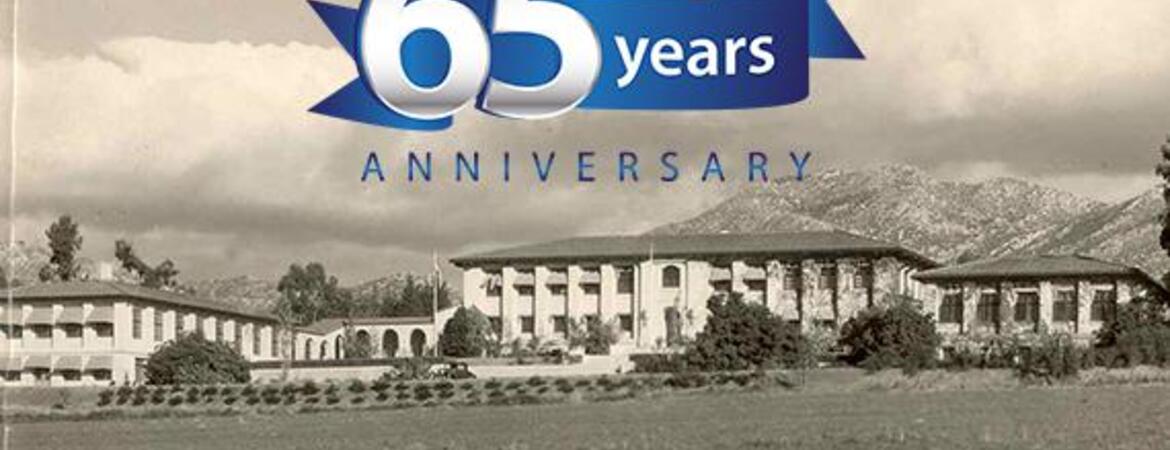
Here are a few highlights from University Archives that showcase some fun facts and figures, in honor of the 65th anniversary of UC Riverside.
Establishment
The Riverside Citrus Experiment Station opened for business on February 14, 1907, but UC Riverside did not become a university until February 15, 1954 – 47 years and one day later.
The groundbreaking ceremony took place on July 30, 1952, and construction began on Webber Hall, Geology, Physical Education, Watkins Hall and Life Sciences.
Feb. 15, 1954 is the first day of classes at UC Riverside, with 127 students and 65 faculty members. Campus covers 1,200 acres.
The official dedication of UC Riverside took place on October 19, 1954.
Watch a video from the UCR dedication, with an address from the President of the University of California, Robert Sproul:
Graduating class:
The first UC Riverside commencement on June 20, 1955 had 20 graduates. Early years' UCR graduates signed their names in concrete, and their signatures can still be found on campus today, on the walkway in between the Scotty the Bear statue and the Coffee Bean & Tea Leaf.
In contrast, our 2018 graduating class had 5,888 students (4,930 undergraduates, 578 graduates, 305 doctorates, 49 M.D. and 26 teaching credentials).
Student population:
The first student admitted to UC Riverside was Navy veteran Jim McMillin, pictured below with Provost Gordon Watkins.
UCR’s student body in 1954 was comprised of one hundred and twenty-seven students. Compared to today’s enrollment of 23,278 students, that means our first crop of students was only 0.55% the size of today's student population. Of the original 127, only 107 are pictured below. (Full size image is available on Calisphere.)
Demographics:
Enrollment in the early years was predominantly white, and the first African-American to graduate from UC Riverside was Roy Overstreet (pictured below, number 12) in 1958.
Now, 86% of UCR's students are non-white and 57% percent are first-generation college students, according to UCR Rankings and Quick Facts.
First Provost
Gordon Watkins (below, center) served as UC Riverside's first Provost from 1949-1956. He is also the namesake for Watkins Hall.
The “C”
UC Riverside students built the big “C” on Box Springs Mountain in August 1955. At 132 feet long, it is the largest concrete block letter on record – larger than the “C” at any other UC campus.
Here is an article from UCR's 1954 yearbook with details about the history behind the big "C":
Campus
In 1907, the Citrus Experiment Station measured only 23 acres.
Now, UCR's main campus contains 1,900 acres, not including the satellite campus in Palm Desert.
Mascot
In 1955, the student body voted to adopt “Highlanders” as UC Riverside's campus mascot, inspired because UCR had the highest elevation of all the UC campuses. Various campus groups and buildings also embraced the Scottish theme.
Early iterations of the UCR Highlander included this illustration of Scotty Highlander, first pictured in the 1955 yearbook, The Tartan:
A young boy named Dick Hull and a bagpiper, also in 1955:
A Scottie named Buttons, also in 1955:
Scotty Highlander in 1992.
And a near miss for UCR's mascot, Humphrey the Buffalo in 1955:
Tartan Soul:
UCR's 1955 Yearbook was called “The Tartan.” In Scottish culture, each family's tartan was unique in pattern and color. UC Riverside's tartan is comprised of four colors that represent the four core values of Tartan Soul.
Bell Tower:
On Oct. 2, 1966, the dedication of UC Riverside's campus landmark Boyd Bell Tower took place. The carillon and tower at UCR were a gift from former UC regent Philip Boyd and his wife Dorothy. The bells range in weight from 5,091 pounds to 28 pounds and are housed in the bell chamber at the top of the 161 foot tall tower.
The Bell Tower was also pictured on the 1966 cover of The Tartan:
The Bell Tower's Carillonneur, David Christensen gives a live weekly concert on Mondays at 12 noon (with a few exceptions). He is the third Carillonneur at UCR since 1987, and has performed more than 500 concerts with music from a wide variety of genres.
Rivera Library:
In 1985, UC Riverside renamed the main campus library in honor of its recently deceased Chancellor, Tomás Rivera, who was the first Mexican-American Chancellor at a University of California campus.
We invite you to learn more about UC Riverside's history by viewing the UCR yearbooks online or by visiting University Archives on the fourth floor of Rivera Library to look through old photographs, campus flyers, archival copies of campus newspapers, and much more.

